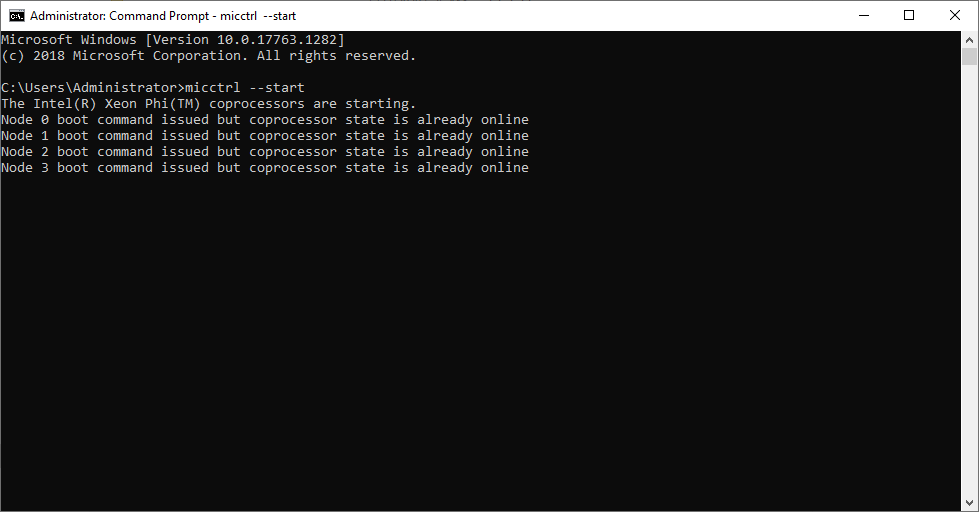Autophi Code Populate
The goal is an interoperable code that works with ARM processing along side 86-64. make your own changes and improvements using the project here! Target FPGA Target Arm Target any Cpu.
Autophi Code
FOR ARM 86 64
The goal is an interoperable code that works with ARM processing along side 86-64. make your own changes and improvements using the project here! Target FPGA Target Arm Target any Cpu.

Editable Visual Studio Project
Edit and modify any way you want. Code Specific (not to be redistributed)
Free DownloadsTarget 64
This project is as functional as you like. You are in control with the entire commands.
Target 86
Specific and non generic phy response and code directed for specific processors.
Edit for Arm
Integrate and modify the code into a working model that works as you intend.
Royalty Free
GNU and mit together noted and directed to intentionally share the processing bottle neck.
History with Auto-PHI
The first run of autophi code was to turn on the Intel (R) Xeon PHI (TM) and run code with out MIC>CTRL commands while running all along in a loop of processing. Now that the Buy Invent (TM) Autophi (TM) is coming to availablity we could try this new option of compute in a different light.

 |
 |
Past Install
Making the Phi turn on and run.

Past Log file
Making the log run and process..
Now including Auto-Parallelization and Auto-Vectorization
When you specify this flag without changing your existing code, the compiler evaluates the code to find loops that might benefit from parallelization. Because it might find loops that don't do much work and therefore won't benefit from parallelization, and because every unnecessary parallelization can engender the spawning of a thread pool, extra synchronization, or other processing that would tend to slow performance instead of improving it, the compiler is conservative in selecting the loops that it parallelizes.
Now including C++ Accelerated Massive Parallelism
C++ AMP (C++ Accelerated Massive Parallelism) accelerates the execution of your C++ code by taking advantage of the data-parallel hardware that's commonly present as a graphics processing unit (GPU) on a discrete graphics card. The C++ AMP programming model includes support for multidimensional arrays, indexing, memory transfer, and tiling. It also includes a mathematical function library. You can use C++ AMP language extensions to control how data is moved from the CPU to the GPU and back.

